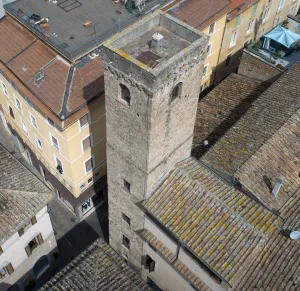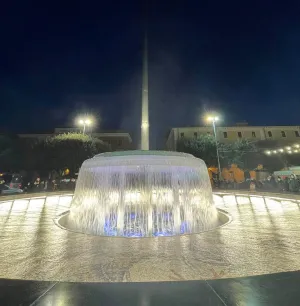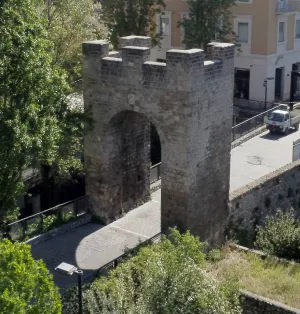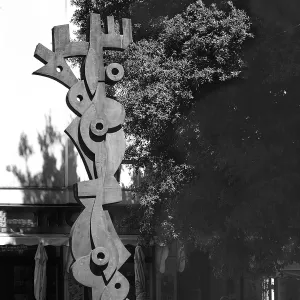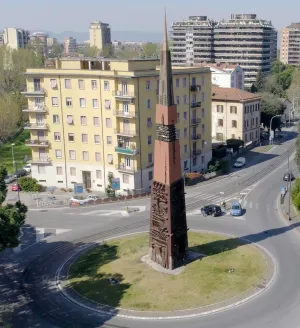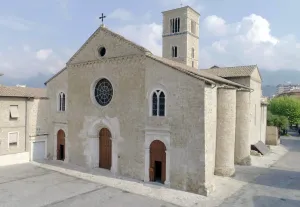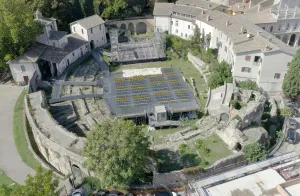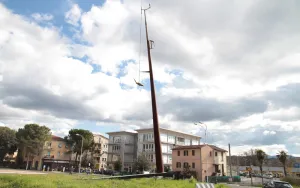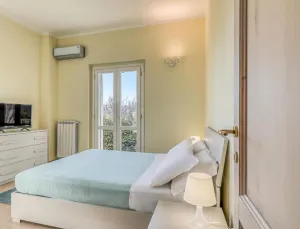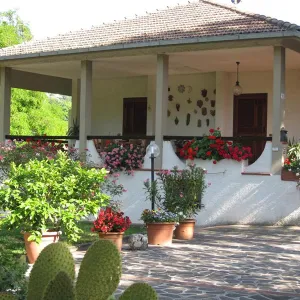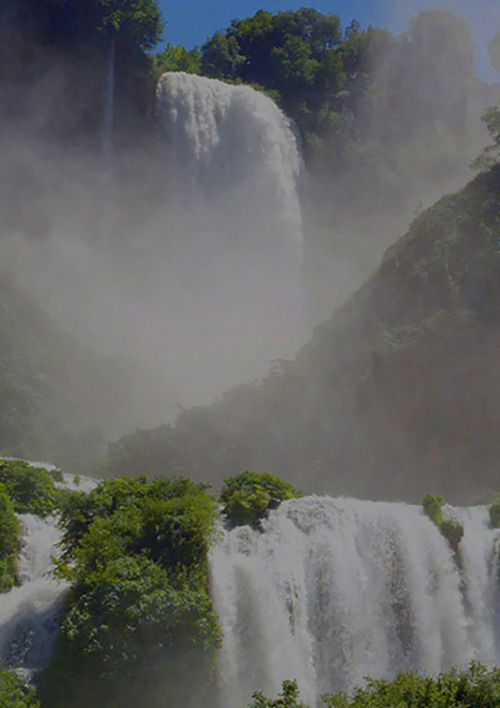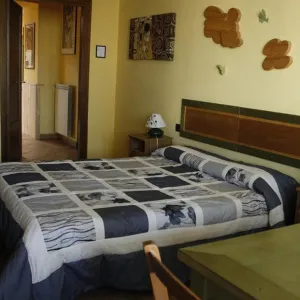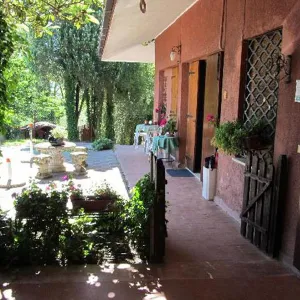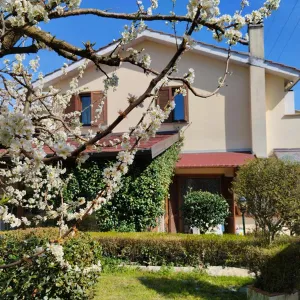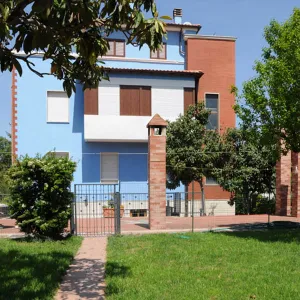Collescipoli
Due to its position, especially during the Middle Ages, Collescipoli was considerably important in that it controlled an important road, the Via Flaminia. At this time, it had been long contested by Terni and Narni. The toponym Collescipoli was believed to have derived from "Collis Scipionis" (Scipio's hill); however, the etymology seems to be connected to its position on an "isolated hill" or "cliff".
The two beautiful bell towers that rise from the village draw attention, standing out against the panorama. To reach the village, one must take a detour from the Via Flaminia state road (towards Narni) and then take the road, lined with rich tree vegetation, that ascends to the village.
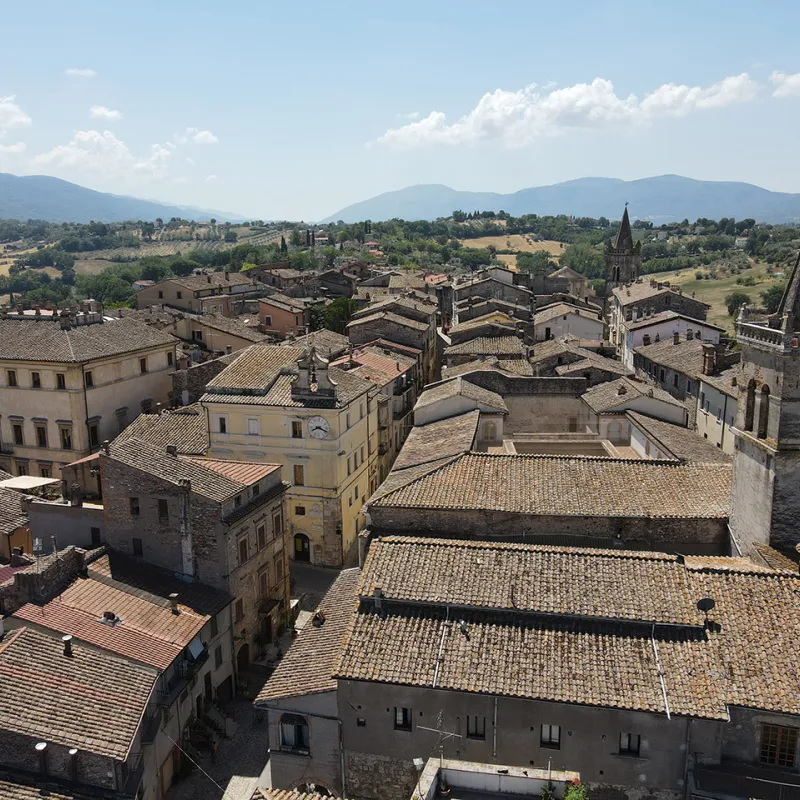
However, the importance of Collescipoli was not limited to the medieval period, to which the walls surrounding it and the two entry gates, Porta Ternana and Porta Sabina, date back. This becomes evident when visiting the historical centre. An extraordinary architectural heritage is enclosed here: fine aristocratic palaces built between the 16th and 18th centuries by influential families connected to the city of Rome for business (from the second half of the 16th century, Collescipoli depended on the Apostolic Camera directly). The first of these noble buildings is found near Porta Ternana, the access point to the village. This is Palazzo Ungari, consisting of the amalgamation of several buildings constructed in the 18th century.
Of great value are the two buildings overlooking Piazza del Risorgimento - Palazzo Comunale and Palazzo Catucci - built in the 16th century and expanded in the 18th century. Palazzo Comunale has 16th-century frescoes inside and on the façade there are two high-reliefs depicting Garibaldi and the Collescipoli native Giovanni Froscianti, the right-hand man of the leader. Collescipoli's connection to Garibaldi’s epic deeds is also testified by the presence of the “beccaccino”, the boat - preserved right here - with which Garibaldi escaped from Caprera. Palazzo Genga preserves important 18th-century frescoes in some of its rooms.
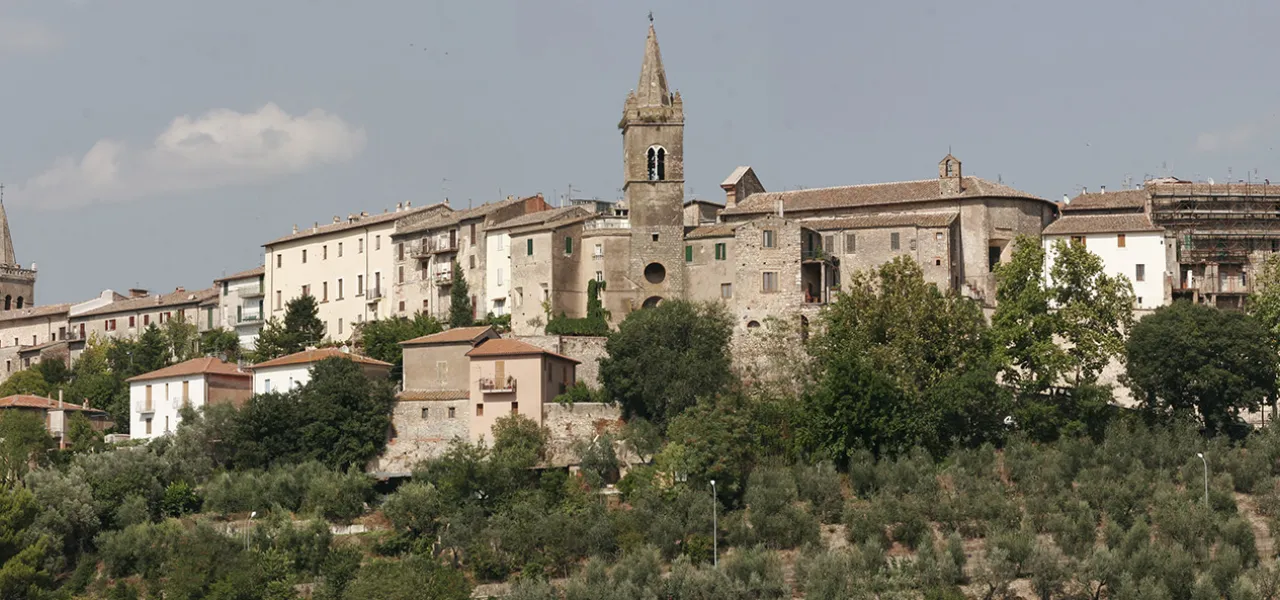
Equally beautiful are the churches, including Santa Cecilia, with its splendid cloister of the adjoining monastery, designed by the architect Domenico Bianchi. It turns out that the two bell towers that characterise the outline of the place, belong to the Church of San Nicolò (dedicated to the Patron Saint of Collescipoli) and the elegant Collegiate Church of Santa Maria, next to Porta Sabina. San Nicolò was built in the 11th century and restored in the 16th century. It houses paintings of considerable artistic value, such as the cycle of frescoes by Evangelista di Nardo and a Madonna with Child by Sebastiano Fiori, a pupil of Vasari. This religious building houses the precious organ made in the 17th century by the master organ builder Luca Neri.
The Collegiate Church of Santa Maria dates back to the 12th century but underwent significant transformation in the 15th and 16th centuries. The interior, adorned with Baroque decorations, preserves important works of art such as the "Madonna del Rosario" by Pomarancio. The refined portal is the result of the artistic skill of Rocco di Vicenza, a pupil of Bramante. The bell tower bears a beautiful six-hour clock.
But the "gem" of this place of worship is the marvellous HERMANS ORGAN, made by the Flemish master of the same name in the second half of the 17th century (it is the first Italian Baroque organ). Of great value, also due to the fact that it is one of the few remaining in Europe by the same artist, the organ was restored in 1995. Since then, the prestigious HERMANS FESTIVAL in which musicians from all over the world take part, has been held annually.
Important churches can also be found outside the inhabited centre, such as the Church of Madonna del Colle, whose original construction preserves 15th-century frescoes and the Church of Santo Stefano located along the Collescipolana road, inside the cemetery. Appearing in documents as far back as 1094, it is actually believed to be even older (ascribed to the 7th-8th centuries). The interior features votive frescoes, the main author of which was the Master of Narni in 1409.
